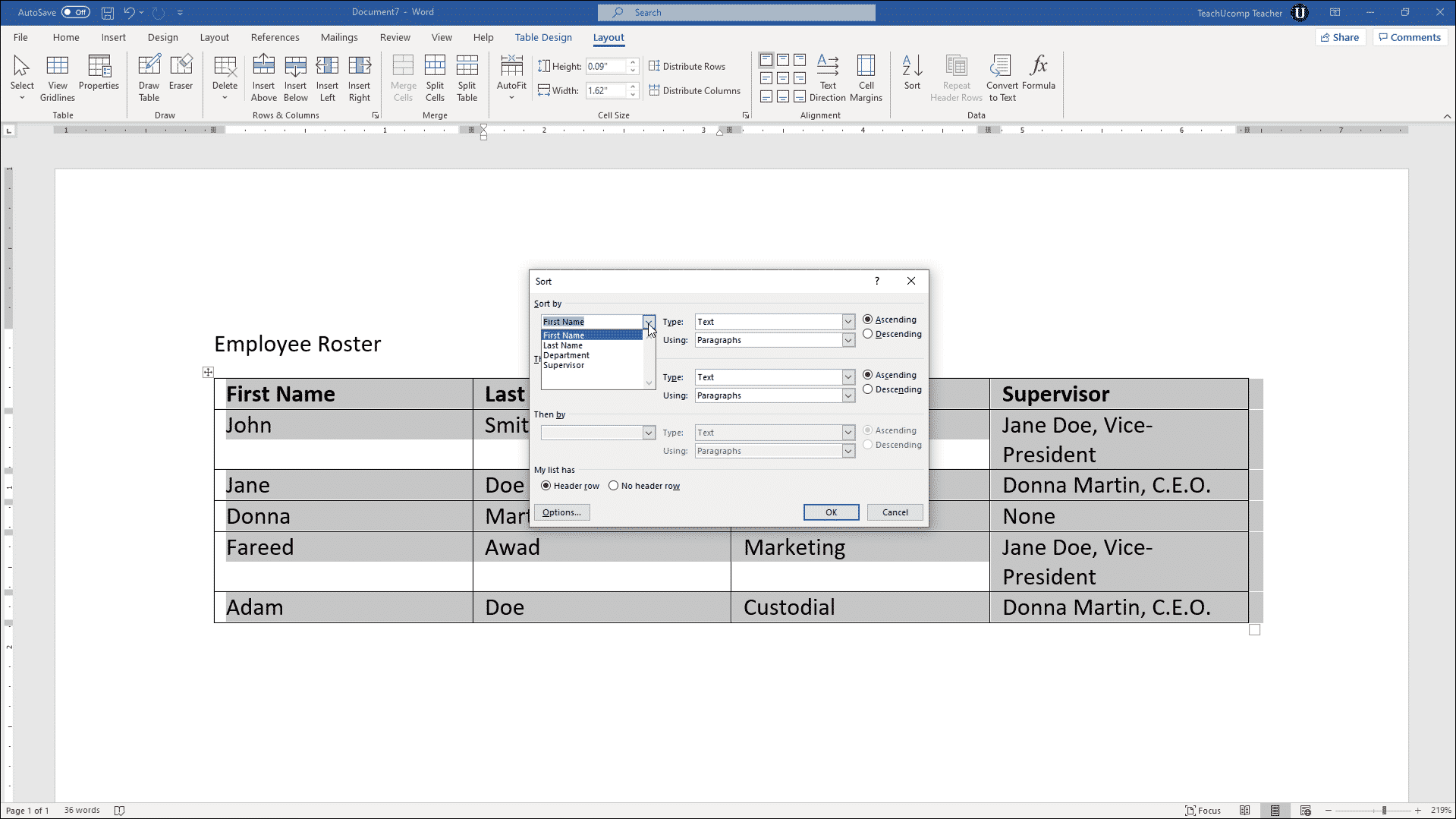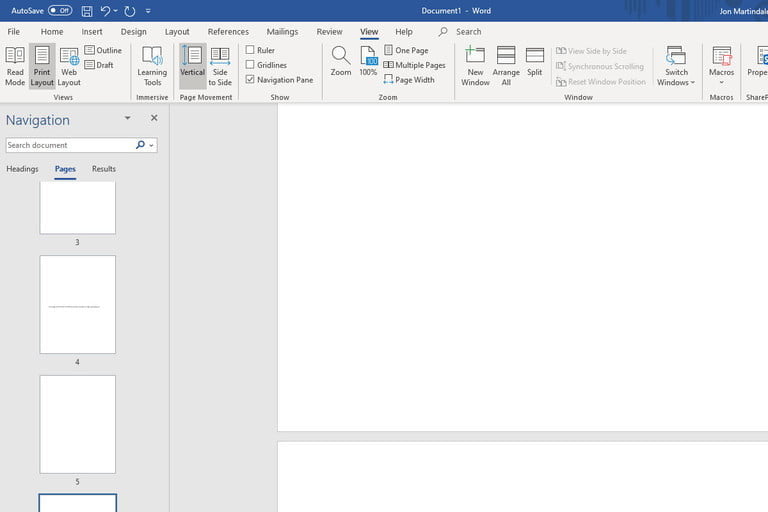
- Arrange windows in word for mac how to#
- Arrange windows in word for mac update#
- Arrange windows in word for mac full#
- Arrange windows in word for mac series#
- Arrange windows in word for mac mac#
It was my favorite app of this kind for a long time. One window-positioning utility, Magnet, is a zero-configuration tool that anticipates what presets users want. There are many such apps out there, and even general-purpose utilities like Keyboard Maestro can help you move windows around. Third-party utilities give you even more window control. You’re probably aware of Split View, which puts two windows side-by-side in full-screen mode, and Apple has built in additional capabilities. You can automate such drudgery to a large degree.
Arrange windows in word for mac mac#
smart displays, iOS 12.5.5 and Catalina security update, iPhone 13 problem with Apple Watch unlockingĪutomate Window Positioning With macOS and Appsĭon’t squander precious time manually repositioning and resizing Mac windows over and over again.
Arrange windows in word for mac series#

Arrange windows in word for mac update#
Arrange windows in word for mac full#
Write the full terminology for each abbreviation in the corresponding cell.Add a header in the next column along saying “Definition.”.Add a new row at the top of the column titled “Abbreviation.”.Alternatively, you can select the column with the abbreviations and go to Data > Remove Duplicates (just remember to remove any errors or common abbreviations manually). Remove any duplicates, errors, or common abbreviations that do not need defining (e.g., TV, PC, UFO, VIP).Select the column and go to Home > Editing > Sort & Filter > Sort A to Z.Paste the copied abbreviations into a column.To then create your list, you will need a helping hand from Excel: Once you have done this, you can use Ctrl + C to copy them. This will then select all strings of capital letters and numbers in the document, which should include all acronyms and initialisms. Under the Find In menu, click Main Document.Click the More > button and select Use wildcards.In the Find what… field, add “” (minus the quote marks).Go to Home > Editing > Find > Advanced Find on the main ribbon.Thank you for subscribing to our newsletter! The first step is to find all the abbreviations in your document. However, you can also use a combination of Microsoft Word and Excel to quickly generate a list of abbreviations. You can create a list of abbreviations manually by going through your work and noting each one down, then adding them all to a list at the start of your document.
Arrange windows in word for mac how to#
How to Create a List of Abbreviations in Microsoft Word If you are using one, you may also want to check your style guide for advice on defining abbreviations and how to list them.

In cases like this, a list of abbreviations can work as a reference point for your reader, meaning they can look up any abbreviation in one place rather than having to find where it was introduced. And they may be scattered throughout your writing. But in a longer document, you may use quite a lot of abbreviations. When introducing an abbreviation in writing, you will usually need to define it first. But how does a list of abbreviations work? And how do you create one in Microsoft Word? Let’s find out.

And if so, you may want to add a list of abbreviations to help the reader.

If you’re creating a large document, such as a thesis or business report, it could contain many abbreviations.


 0 kommentar(er)
0 kommentar(er)
